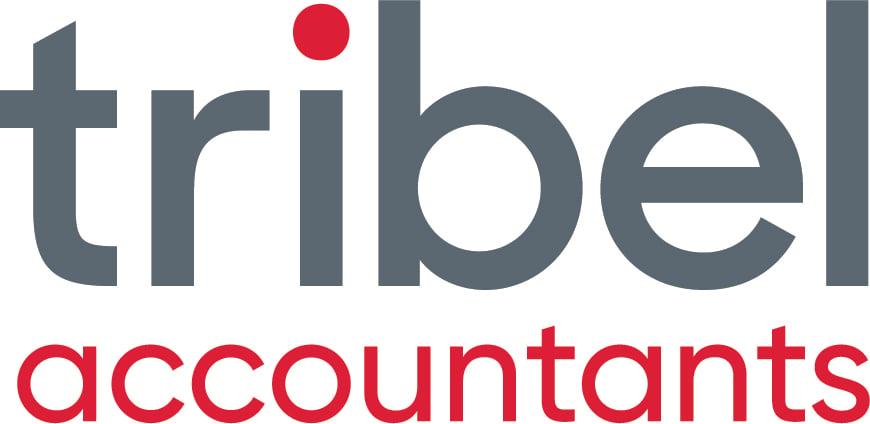INTRODUCTION:
A small business accountant now spends a large part of their time servicing their clients in areas other than just tax and financial statements. This has been mainly brought on by technology whether it be the internet or cloud accounting packages that are now prevalent in the market place.
If you meet with your small business accountants monthly or quarterly, here are 5 areas they should be concentrating on in order to check that you are keeping on track.

Figure 1: Always consider speaking to your accountant as if they are your mentor.
1. Budgeted Sales v Actuals
Assuming you have performed a three way budget accurately then the first area to look at and analyse is usually whether actual income has met its targets. This may need to be drilled down to major products or services to get a good picture of what is happening.
For each major source of income list down what it is that caused the target not to be met. It should not be "it was just quiet" even though this could be a major factor.
Was marketing and sales activity consistent and in accordance with your one page strategic plan? Are the marketing and sales team accountable for producing evidence that they have been active?
What were the leads and how many of these were converted to sales?
For lower customer sales compared to previous periods, why did the major ones spend less with us or if they left, why did they leave?
2. Gross Profit Margins
Gross profit margins should always be checked as a high level of sales or meeting sales targets might not be as good as you think if discounting is occurring so that you made income budget but you made less gross profit. Again the more detailed you can look at the various major products and services the better. If they are down compared to budget why is that?
3. Profit Actuals V Budget
Naturally the bottom line is important and variances can be attributed to the first 2 points above. It could be that expenses were higher than we budgeted for and if so why was that? Wages and overtime often cause a blowout in expenses and this is where a review of whether there are wage inefficiencies occurring or not.
If it is power and gas, are we getting a good deal or is there evidence that these areas are being wasted through poor business practices? Are we getting quotes from suppliers? Were purchase orders made in accordance with your systems and policies (limits, amounts, approvals etc).
4. Where Is The Cash?
Finding out what has happened to the cash is most important of course. This can be done by looking at your cash flow forecast and also your actual balance sheet usually to determine why the cash balance is up or down. It's here where you need to check your budgeted KPIs with actuals for your debtor days, inventory days, supplier days, etc.

Figure 2: Sometimes you have to look hard to see exactly what is going on (such as people in this painting) Photo courtesy Lara Scolari Gallery Balmain
5. Challenges For Next Quarter
Once the analysis for the quarter has been completed, list down some key action points to stop the bleeding for the next quarter. Take into account the projections for the following month and establish whether these need amending given the current circumstances.
Once this is done check that your business will have enough cash to operate based on the new assumptions.
CONCLUSION:
Do not wait until you go to get your tax done for your business, to talk to your accountant. Not only might it be too late to fix the problem but you will have saved an enormous amount of profit and cash along the way if you make it a quarterly priority.


.png?width=100&height=100&name=COVID_Safe_Badge_Digital%20(002).png)




